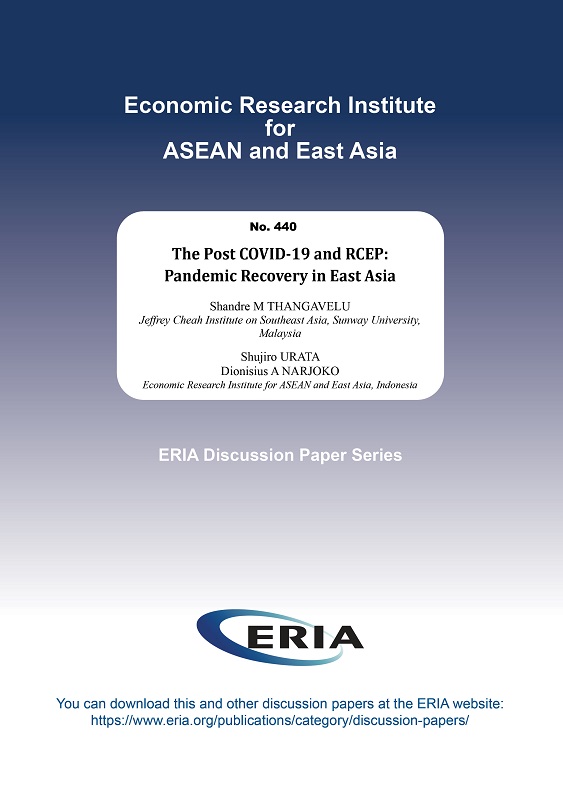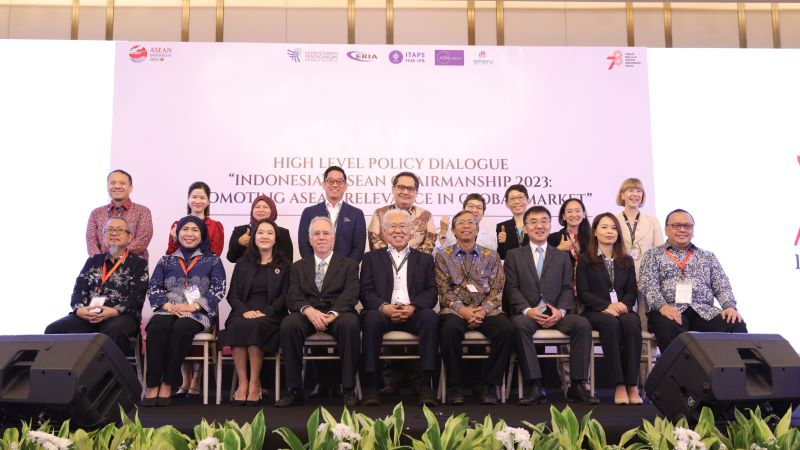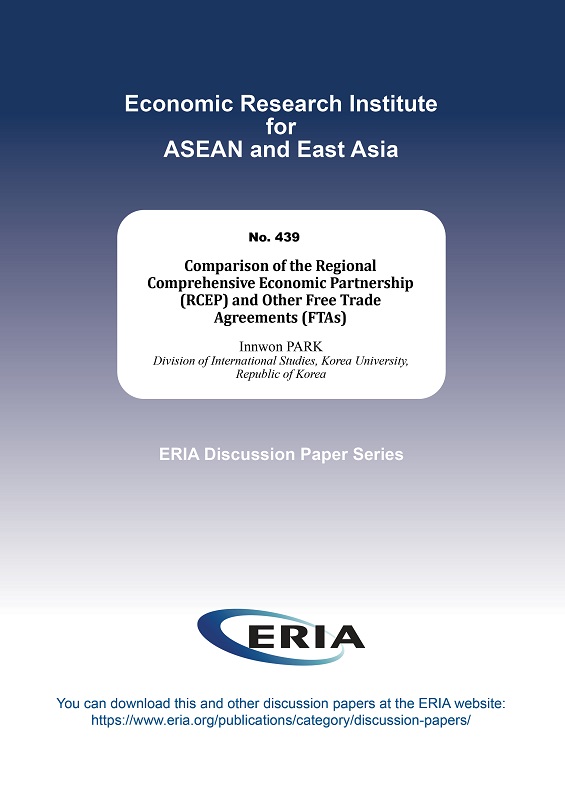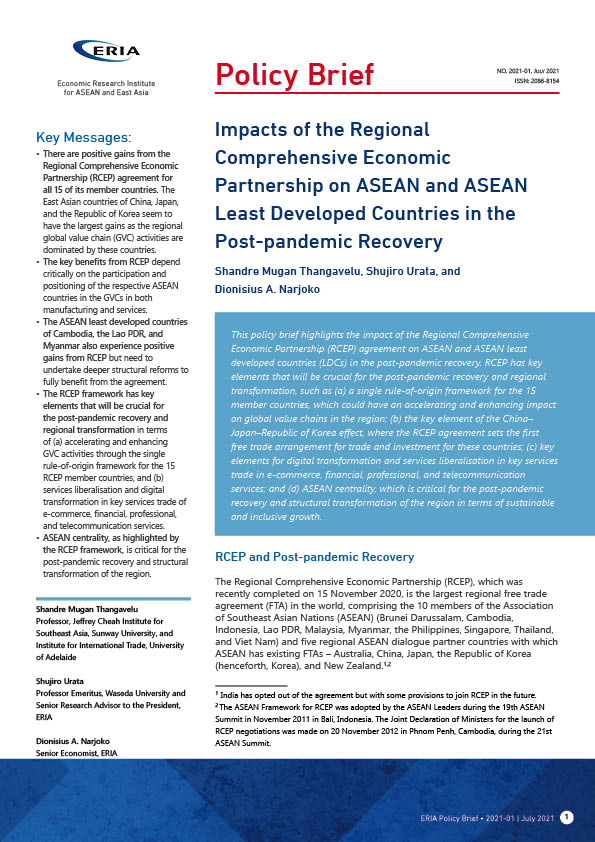The Post COVID-19 and RCEP: Pandemic Recovery in East Asia

Date:
15 August 2022Type:
Discussion PapersTags:
free trade agreement, Trade, East Asia, global value chains, COVID-19Print Article:
The paper examines the impact of the Regional Comprehensive Economic Partnership (RCEP) on the COVID-19 pandemic recovery of the East Asian countries. Recent studies highlight the positive gains from the RCEP agreement for all 15 of its member countries (Itakura, 2022, Petri and Plummer, 2020; Park, 2022). However, the recovery will be not even across East Asia. The East Asian countries of China, Japan, and the Republic of Korea (CJK) are likely to have the largest gains, as these countries dominate the regional global value chain (GVC) activities. The ASEAN least developed countries of Cambodia, the Lao People’s Democratic Republic (Lao PDR), and Myanmar also experience positive gains from RCEP, but need to undertake deeper structural reforms to fully benefit from the agreement. The RCEP framework has elements that will be crucial for the post-pandemic recovery and regional transformation: (i) accelerating and enhancing GVC activities through the single rule-of-origin framework for the 15 RCEP member countries and CJK (China, Japan, and Korea) effects; (ii) services liberalisation and digital transformation in the key services trade of e-commerce, financial, professional, and telecommunications services; (iii) economic cooperation amongst the 15 RCEP member countries to address key contingency issues such as mass vaccination and health infrastructure, protocols for the movement of people, and trade capacity building for ASEAN least developed countries; and (iv) the ‘living’ nature of the RCEP agreement will be able to create a wider regional integration agenda to address key contemporary issues such as environment and climate change, skills development, green transformation, and developing digital and smart urban centres. ASEAN centrality, as highlighted by the RCEP framework, is critical for the post-pandemic recovery and structural transformation of the region.




